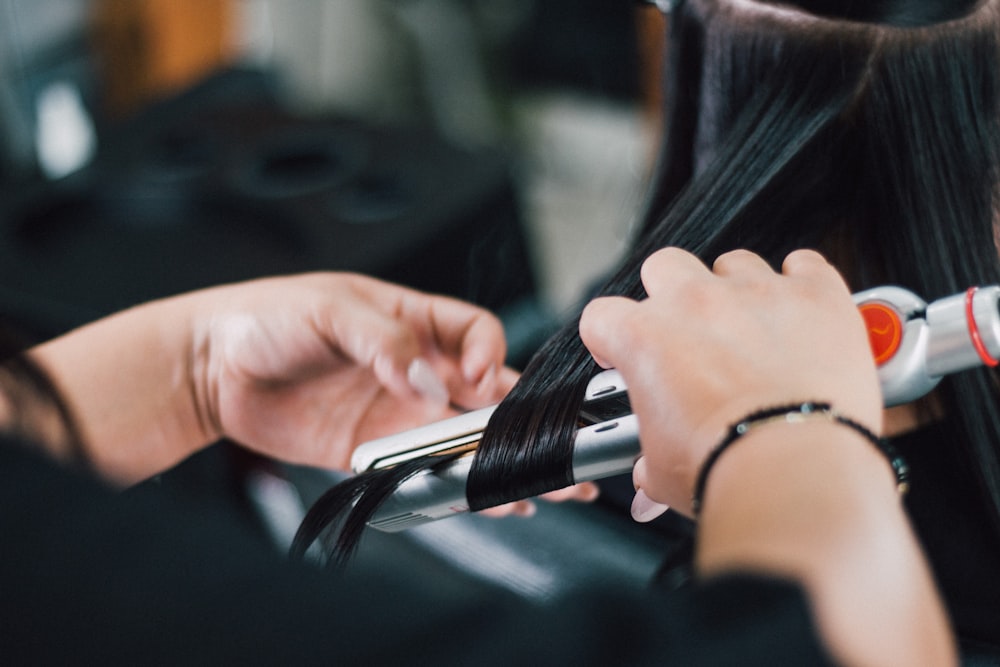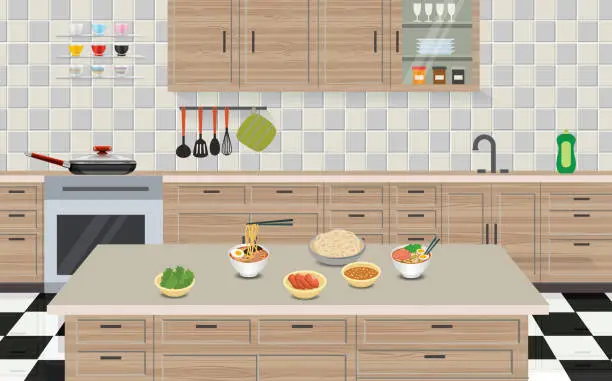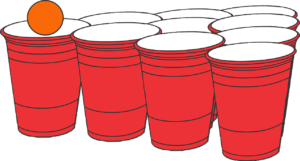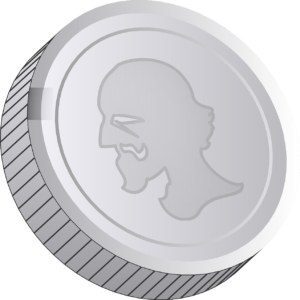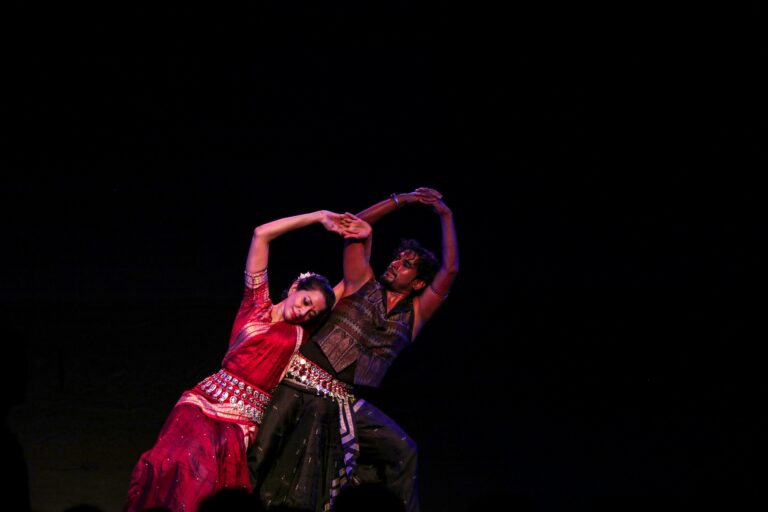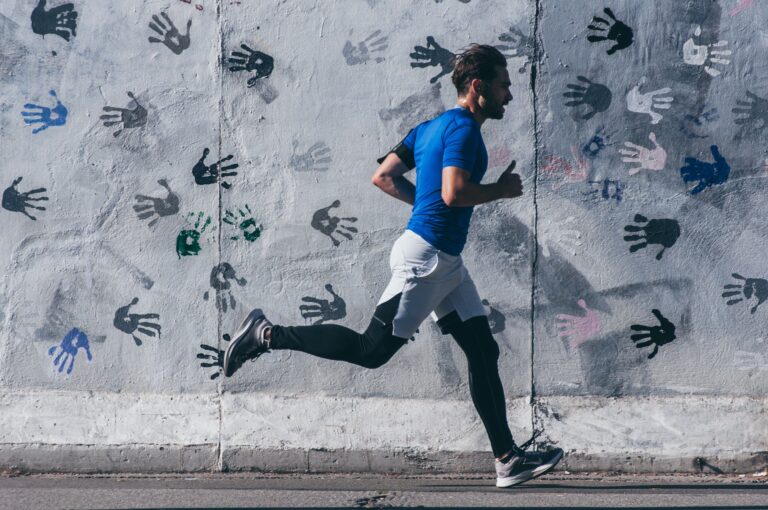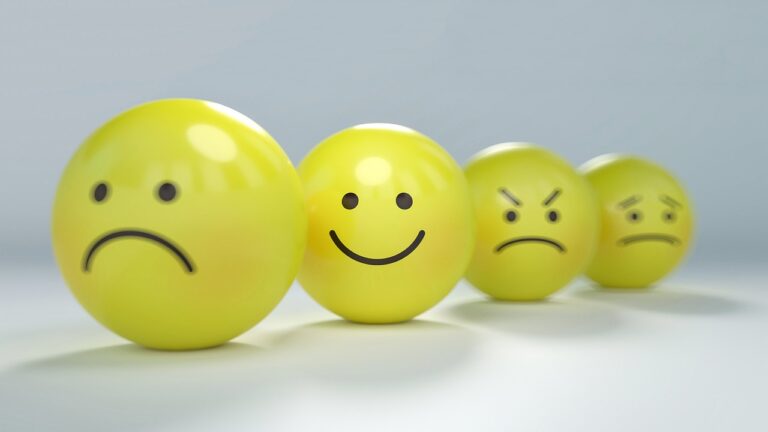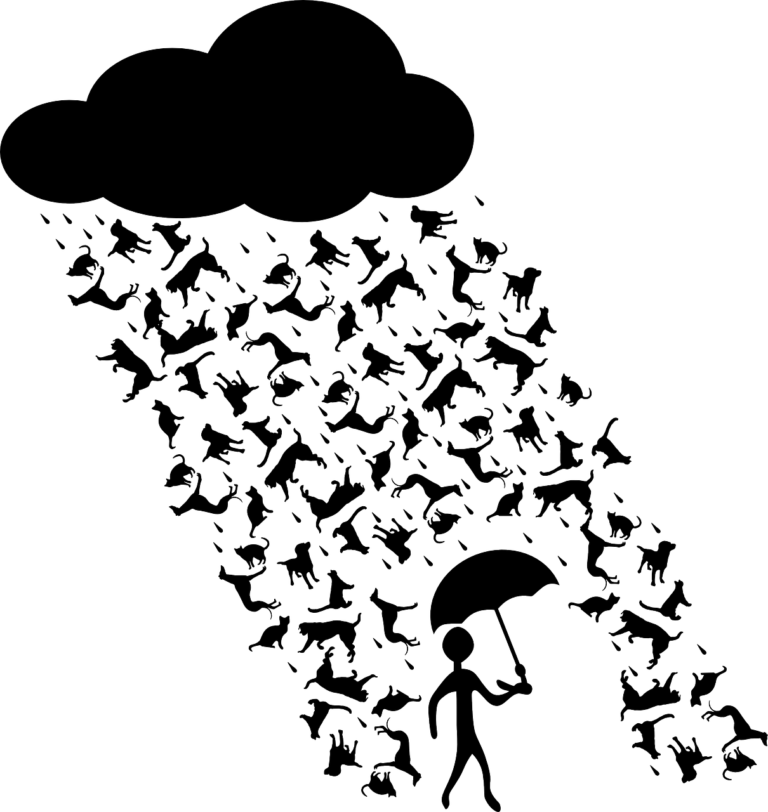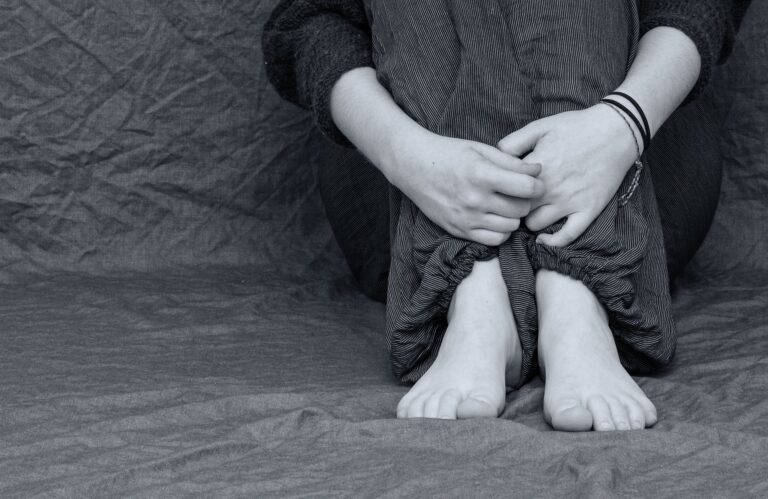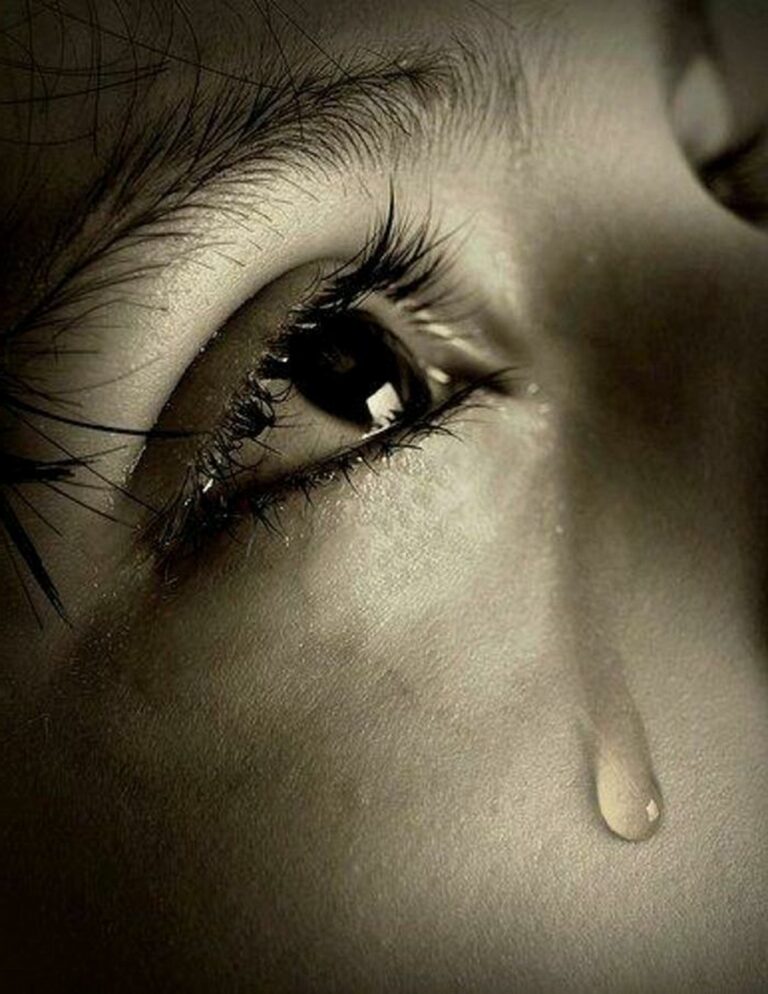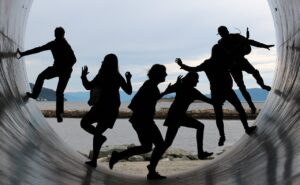At first glance, SeaWorld may just seem like a typical theme park, famous for it’s Orca shows. But when you dive deeper, you find the truth about SeaWorld.
As if kidnapping sea creatures such as orcas from their natural habitat just for the sake of entertainment isn’t already evil enough, the animals at sea world face a lot of abuse. So, today I’m going to share with you 5 stories of animals that have faced problems at SeaWorld.
5. Shamu’s Story
A baby orca, Shamu, was captured from her home in the ocean at the age of 3 in 1965. She had refused to leave her mother’s body and had been dragged away, later sold to SeaWorld San Diego. Shamu was confined to a small tank, often deprived of food so that she could learn tricks. Shamu was one of SeaWorld’s first Orcas to perform. Shamu performed in many shows over the years. In one of the shows SeaWorld PR secretary Annette Eckis was assigned to perform with Shamu. In a part of the show Eckis was riding on Shamu’s back for a televised stunt when she slipped and fell into the water. The orca bit down on Eckis’s leg and refused to let go. At last, Shamu let go when another instructor thrust a pole into her mouth and pried it open. Shamu stopped performing after this incident. This isn’t the only incident when an orca intentionally attacked a trainer because of the stress that occurs from being imprisoned in a tiny tank.
Shamu died due to a mix of blood poisoning and pyometra (a uterine infection). She was only 9. An average female orca lives to about 48 years in the wild. Most live to be much older, living as long as 90 years.
By the time of her death, Shamu’s name had been turned into a brand, used to market their famous orca shows. Many Orcas have inherited the name Shamu and perform in Seaworld’s “Shamu Shows”.
4. Szenja’s Story
Two polar bears, Szenja and Snowflake, had been companions for around 20 years when SeaWorld decided to separate them. Ignoring PETA’s warnings, SeaWorld separated the two best friends in order to send Snowflake to the Pittsburgh Zoo so they could breed her. SeaWorld was supposedly in desperate need of a baby polar bear to display. It seemed that Canada and Alaska had refused to send the San Diego Park one of their orphaned cubs, as the park does not meet the minimum standard of polar bear conservation. Seaworld claims to be doing this for conservation of the species, even though conservation is about protecting natural habitats and letting species live a safe and happy life in the wild. It is unlikely that the polar bears will ever be able to experience freedom.
After Snowflake was taken away from her, Szenja without any companions of her own kind. Less than two months after Szenja and Snowflake were separated, one of them died. Szenja died of a broken heart, PETA suggests.
3. Nakai’s story
Nakai, the 44th orca to die at SeaWorld, died in august 2022. The park claimed that Nakai died of an infection and did not specify the kind of infection, however PETA claims that the park visitor sent them a video of an attack between the orcas, causing Nakai a serious injury. Nakai had also been attacked in 2012, as he was housed with other incompatible orcas, which resulted in him losing a chunk of his jaw. In the wild, attacks such as this are quite rare, and when they do occur, orcas are able to flee. In small concrete tanks surrounded by other orcas that may behave in a hostile way, this isn’t a possibility. This attack was probably caused by all the stress the animals face at amusement parks such as SeaWorld.
2. Tilikum’s story
Tilikum’s story was featured in the documentary Blackfish. Just like a lot of other animals at SeaWorld, he was another orca captured from his home in the ocean and brought to the amusement park where he was forced to perform tricks in order to earn food. He was bred many times and confined in a small tank with other animals who could be hostile at times. Tilikum is often known as “the whale who rebelled”. The stress and anguish he faced at the amusement park were so great that he ended up attacking some of his trainers, causing the death of three people. Though fueled by stress, some suggest that his actions were deliberate and that he knew exactly what he was doing. Tilikum died in 2017, still a captive of SeaWorld.
1. Corky
Corky, an orca, was captured in 1969 off the coast of British Columbia. In 1987, she was sold to SeaWorld San Diego. To this day, she is still locked at seaworld, swimming in endless circles in her cramped, concrete tank. Her family still swims freely in the ocean while she endures a life of suffering at SeaWorld. Corky has been bred many times over the years, and none of her babies survived. Orcas in the wild live from 80 to 90 years, and even though Corky is only 48, she is described as an “old whale” by SeaWorld. She is facing a premature aging syndrome and is suffering from cataracts, and has worn teeth and failing kidneys. Corky has had fewer incidents than other whales at SeaWorld and is described as a caring and peaceful soul. Corky is kind and patient with her trainers, and some claim that she has often modified her behavior intentionally so that trainers who are inexperienced would be harmed while learning to perform with her. One example of this is when, rather than taking newer trainers to the bottom of her for a stunt as trained too, Corky would take them just halfway down. And though many people are urging SeaWorld to set Corky free so she can live the rest of her life peacefully in the wild and maybe even be reunited with her family, SeaWorld refuses to do so.
This animal abuse has to stop. Trapping innocent animals and forcing them to perform for our entertainment is just wrong.
Sources:
- https://headlines.peta.org/day-of-the-dead-honor-animals-who-died-at-marine-parks/
- https://www.seaworldofhurt.com/60-animals-suffered-seaworld-60th-anniversary/
- https://www.latimes.com/california/story/2022-08-06/seaworld-killer-whale-nakai-died
- https://whalesanctuaryproject.org/whales/corky-the-survivor/
- https://whalesanctuaryproject.org/whales/tilikum-the-whale-who-rebelled/
- https://www.seaworldofhurt.com/seaworld-separate-polar-bear-best-friends/
- https://allthatsinteresting.com/shamu






